Avi Kwa Ame National Monument
Spirit Mountain Wilderness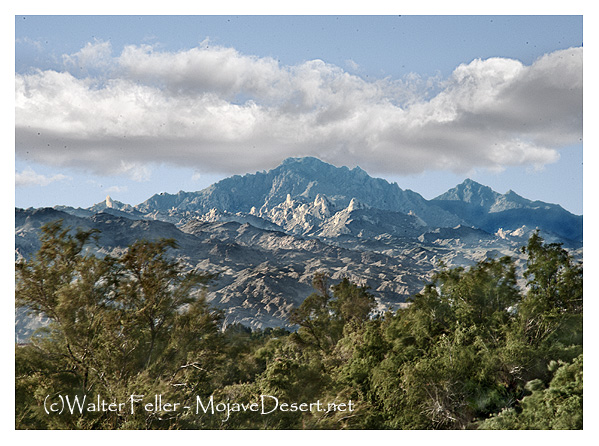
` Avi Kwa Ame (also known as Spirit Mountain) is considered to be among the most sacred places on Earth by the Mojave, Chemehuevi, and some Southern Paiute people. It is also important to Tribal Nations and Indigenous Peoples including the Cocopah, Halchidhoma, Havasupai, Hopi, Hualapai, Kumeyaay, Maricopa, Pai Pai, Quechan, Yavapai, and Zuni Tribes. The area is also home to expansive Joshua tree forests and provides important habitat for species such as the desert bighorn sheep, desert tortoise and Gila monster.
The Avi Kwa Ame National Monument designation protects sacred space for spiritual uses, including Spirit Mountain, which is central to the creation story of many Tribal Nations, while ensuring continued access to hunting, camping, hiking, OHV use, photography and other recreational activities. Hunting, trapping, wildlife watching, aerial surveys, wildlife infrastructure installation and maintenance and a wide range of other wildlife management activities will continue to be allowed within the national monument.
The national monument spans approximately 506,814 acres of lands managed by the Interior Departmentís Bureau of Land Management, Bureau of Reclamation and National Park Service. All of the land reserved by the proclamation is currently owned by the Federal government; existing State and private lands within the boundary are not included in the monument.
The Avi Kwa Ame landscape includes the McCullough and Lucy Gray Mountains in the west; the Piute and Eldorado Valleys, split by the Highland Mountains, in the center; the Castle and Dead Mountains in the south; and the Eldorado Mountains and the monument namesake, Avi Kwa Ame, part of the Newberry Mountains, in the east.
The national monument designation recognizes and respects valid existing rights. The proclamation specifies that maintenance and upgrades to water infrastructure for flood control, utilities, water district facilities, wildlife water catchments and other uses may continue; and that transmission lines, pipelines and roads can continue to be maintained and upgraded. The proclamation allows for military, commercial and private flights in and out of existing or future airports in the area. It also does not change the class II air quality designation for the area or affect the Stateís authority over administering air quality designations.
(source - BLM - Avi Kwa Ame National Monument)
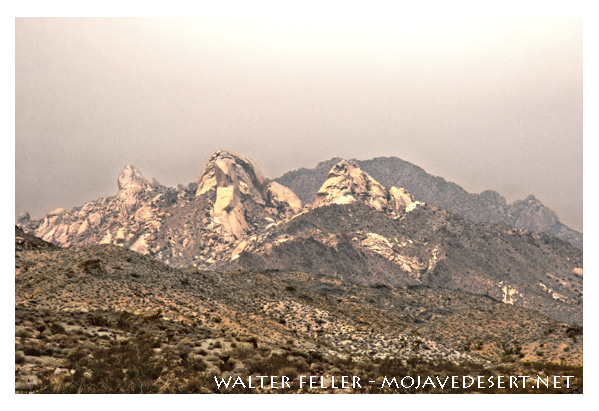
Flora
Creosote bush scrub, mixed shrub-juniper woodland, and mesquite/catclaw communities in Sacatone Wash and Grapevine Canyon. This area contains one of the northernmost populations of smoke tree in Nevada. Typically, it is found in the Sonoran Desert. At lower elevations east of Christmas Tree Pass, desert scrub oak is established in several gullies.
Fauna
Mammals include desert bighorn sheep, mule deer, cactus mouse, canyon mouse, desert woodrat, long-tailed hawk, sharp-shinned hawk, peregrine falcon, cactus wren, Costa's hummingbird, Crissal thrasher and Bell's vireo.
Reptiles include
Western chuckwalla, fence lizard, Great Basin gopher snake, leopard lizard, Southwestern speckled rattlesnake, large spotted leopard lizard, Great Basin whiptail, desert iguana, zebra-tailed lizard, yellow-backed spiny lizard, Great Basin collared lizard, Mojave patch-nosed snake, Mojave rattlesnake, desert banded gecko, Western long-nosed snake, Mojave shovel-nosed snake and red coachwhip.
The desert tortoise finds critical habitat here.
Sensitive species include the California leaf-nosed bat, banded Gila monster, Townsend's big-eared bat, and Yuma myotis.
Cultural Significance
Spirit Mountain is significant to the Native Americans of the Mojave and Sonoran Desert regions as the center of their creation. The Pai groups (separate tribal entities) associated with the site include the Mojave, Wala Pai, Yavi 'Pai, Havasu 'Pai, Marakopa, Quechen, Pai 'Pai (in Mexico). The Hopi and Chemehuevi also consider this a significant religious / sacred site, but not a spiritual birthplace. There are no known archeological resources or identified physical evidence of traditional religious use within the area. Since traditional practitioners limited secular activities on the mountain, the absence of indigenous material highlights the significance of Spirit Mountain for Yuman-speaking people. It also suggests that the area was used exclusively for religious purposes.
The Spirit Mountain area has been designated a Traditional Cultural Property by the BLM and the National Park Service and is also listed on the National Register of Historic Places. Along with the federal land managers, Spirit Mountain is monitored by the Aha'Mahv, a Fort Mojave group which conducts medicinal plant collecting in the area.
This wilderness is a component of the Bureau of Land Management's National Conservation Lands.
-- Managing Agency: Bureau of Land Management, National Park Service
Avi Kwa Ame National Monument Proposal
Feb 18, 2020
The proposed Avi Kwa Ame (Mojave name for Spirit Mountain) National Monument contains some of the most visually stunning, biologically diverse and culturally significant lands in the entire Mojave Desert. Monument designation would protect an essential corridor that connects the Mojave National Preserve, Castle Mountains and Mojave Trails National Monuments and Dead Mountain Wilderness Area in California with Lake Mead National Recreation Area in Nevada and the Colorado Plateau. This will serve as a contiguous block of habitat of sufficient quality and quantity to promote the survival, growth, reproduction, and maintenance of viable populations of Mojave Desert flora and fauna.
As important as this area is ecologically, it is equally significant as a cultural landscape. This entire area is considered sacred by the nine Yuman speaking tribes as well as the Hopi and Chemehuevi Paiute. For the Yuman tribes, the area is empirically tied to their creation, cosmology, and well-being. Spirit Mountain, called Avi Kwa Ame by the Mojave Tribe, is located on the eastern boundary of the proposed Monument. It is designated a Traditional Cultural Property on the National Register of Historic Places in recognition of its religious and cultural importance.
https://ecoflight.org/blog/detail/Avi-Kwa-Ame-National-Monument-Proposal.html
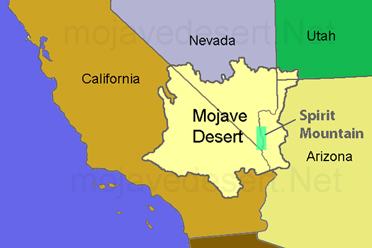
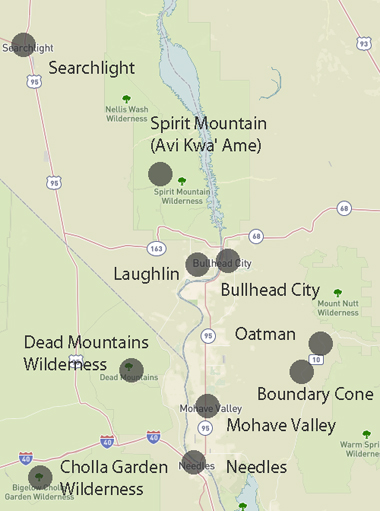
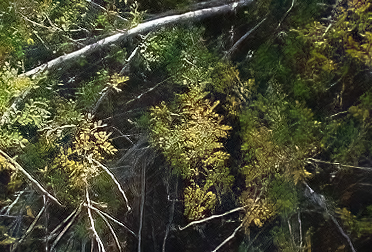
Cat claw
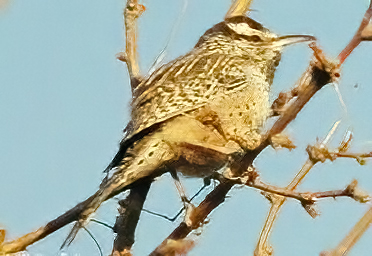
Cactus wren
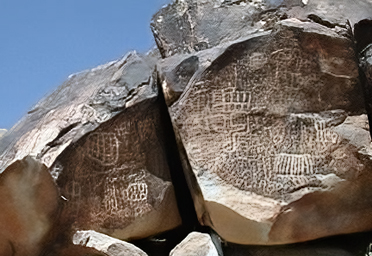
Petroglyphs
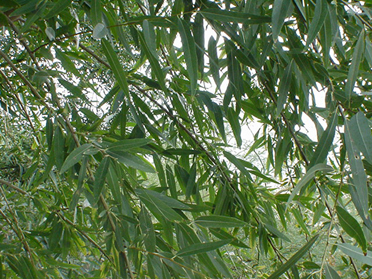
Desert willow
